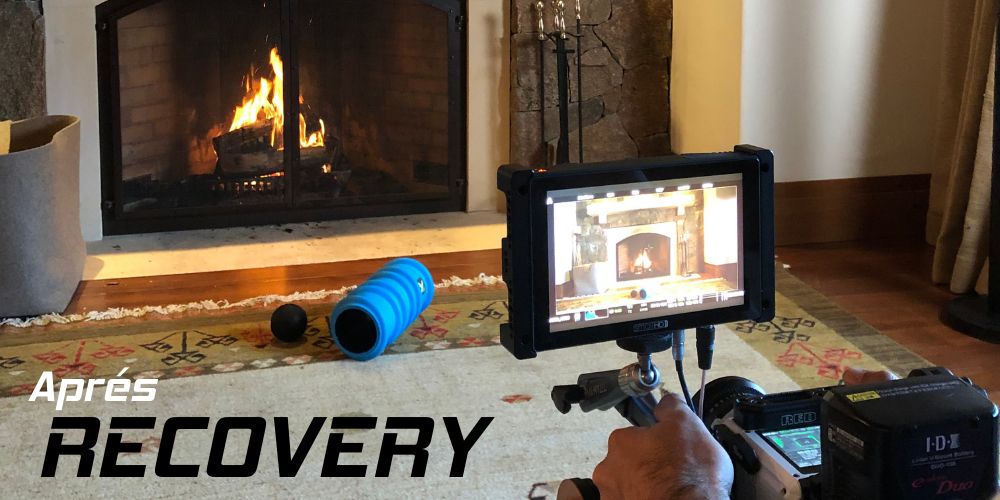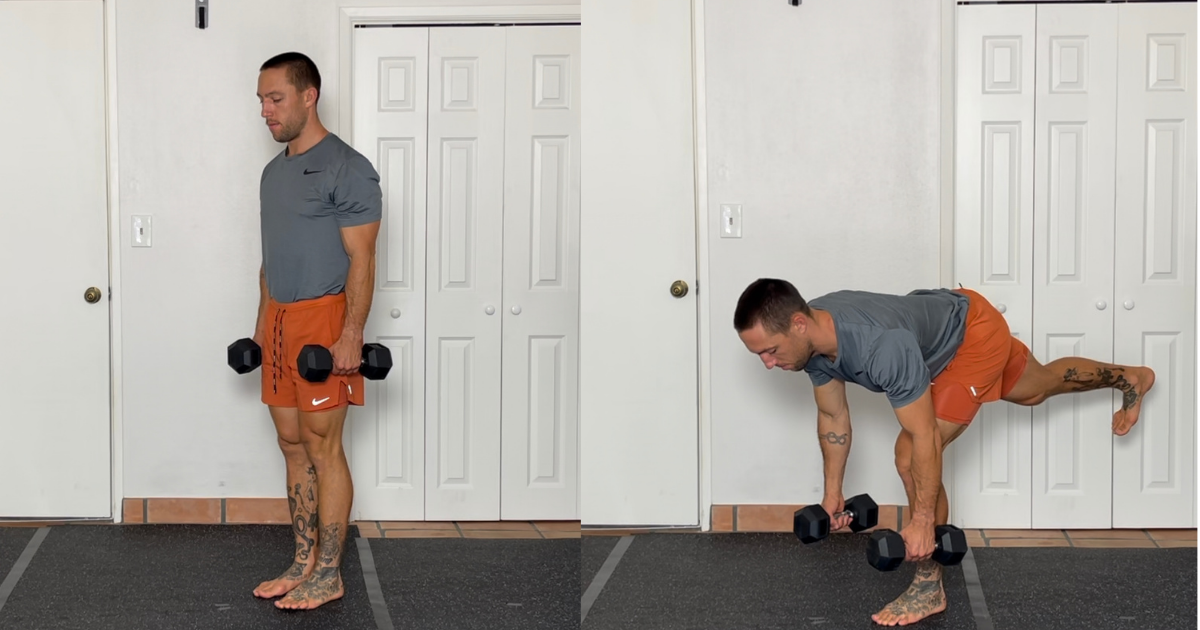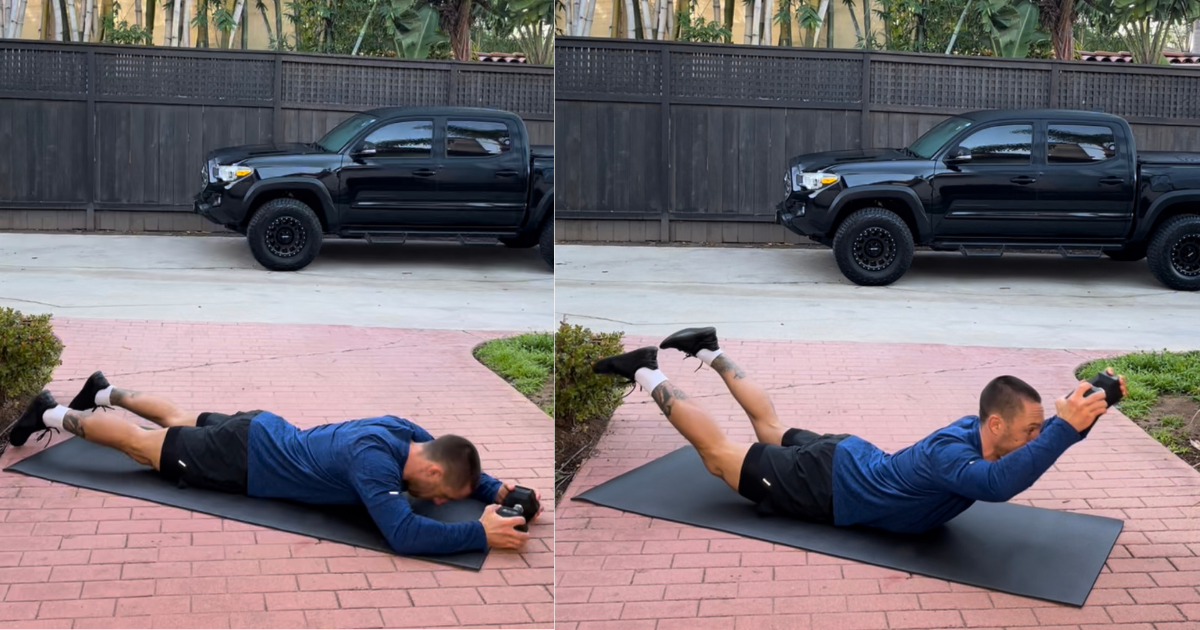
How To Recover From Skiing
As I’ve made clear through several Training Blog posts and podcast episodes, skiing places significant stress on the body as a result of various factors that act against us while we’re skiing. Factors such as gravity, friction, changes in environment, speed, and terrain. With each of these potential changes, our body must react and adapt utilizing our muscles and skeletal system. So how damaging is skiing in the aggregate? Can we ski fifty days in a row without any negative consequences? Perhaps. After all, anything is possible and many humans have accomplished far greater feats. That being said, it’s unlikely. So what do we do? How do we recover from a day of skiing? What exercises should rise to the top of our list and how should we think about activity in between intense bouts of skiing?
As a species, our posture has gotten significantly worse over time. This is due to myriad factors from increased sedentary lifestyle to the decline in necessity to forage for our food. As a result, our shoulders have rounded forward, hamstrings have become tighter and hip flexors seem to be on a fast track to annihilation. Unfortunately skiing takes all these elements and exacerbates them. Skiing is a quad dominant, forward moving, anteriorly loaded, hip flexed, rounded shoulder sport. To be an effective skier, one will constantly find themselves in an athletic position with bent knees (loaded quads), forward flexed torso (tight hip flexors), and poles in the “ready” position (rounded or protracted shoulders). However, this doesn’t mean we should stop skiing. It just means we should place extra focus on posture and balancing the relationship between working muscles.
----
Below you will find 4 amazing exercises that help build strength opposite the muscular engagement you’ll find on the hill.
Glute Bridge Pullover
The glute bridge is a restorative isometric position commonly found in yoga practices aimed at opening up the hips. What yoga practitioners really mean by “opening up the hips”, considering the hips themselves are not closed, is to place the hips into extension versus flexion. They mean to reverse the position that we typically find ourselves in throughout our work and life demands. For this exercise, focus on keeping your butt squeezed so that your hip stays in extension. Then, from an overhead attachment, row the band bringing your elbows flush to your sides and hold for 10-15 seconds. Repeat this for 2-3 sets of 8 reps. This should be easy and restorative, not difficult and straining. After all, we are shooting for a parasympathetic nervous system response here (relaxation). This will help retract your shoulder blades and extend your hips. Two things that are definitely not happening when you’re on snow. Here's a video example.
Single Leg Deadlift

A skier’s best friend in my opinion. Not only do single leg deadlifts help promote ankle stability and glute strength, they're also paramount to balancing out the relationship between your quads, anterior muscles, and posterior chain. Descend slowly into this movement and repeat for 5-8 reps but stop before you feel fatigue. The exercise should create a burning sensation in the outside of your hip just rear of where your pocket would be if you were wearing pants. As you stand, drive your foot firmly into the floor and feel your butt contract to bring your hips back to an upright position. Perform 2-3 sets and keep the weight light so you can focus on restoration, breathing, and feel.
Superman Dumbbell Hold

With all the forward flexion at the hips, and slight rounding of the shoulders to create a ready athletic position on snow, your low back can sometimes flex. This isn’t the end of the world but prolonged flexion without strength and structure in the opposite direction (extension) will create low back pain and aggravation of the psoas muscle which connects your lumbar spine to the front of your pelvis. The superman dumbbell hold will be a challenge for your shoulders but you can modify this to a bent, or diamond shape, position with the arms to lessen the shoulder stress and maximize the low back stress in extension. Again we are just trying to reverse the position we find ourselves in all day on the mountain. Because you are purposefully working your low back muscles (erectors, extensors, low lats, etc) they will begin to feel tight. This is okay. Obviously, don’t push through anything that’s a 6/7 out of 10 on the difficulty scale, but expect that you will feel tension as you’re actively placing these muscles under a useful stress.
Couch Stretch

Your quads will get roasted after a long day on the hill. Even with the best leg strength programming such as SKIER LEGS LEVEL II, you’re bound to experience some degree of lactic acid build up and residual fatigue over night. The couch stretch will save you provided you follow this structure. Ultimately you must keep a vertical torso and extended hip. When you do this, you will undoubtedly feel tension build in your hip flexor as it is stretched and pushed into extension. Start further away from the object behind you and slowly work your way into a more vertical position. I like to hold for 1 minute per leg and I repeat this for 2-3 sets trying to actively increase the stretch over each round.
These four movements are crucial to maintaining a healthy posture over your ski career. They helped me stay healthy and mobile during my mogul career and I know they will provide you with some degree of relaxation, restoration, and recovery.
- Abe